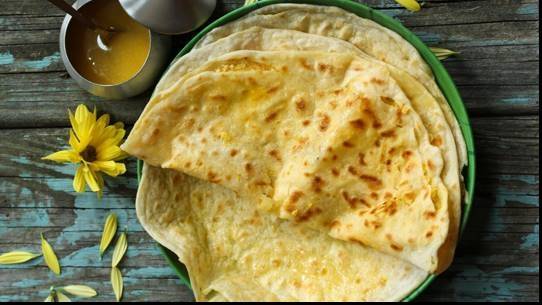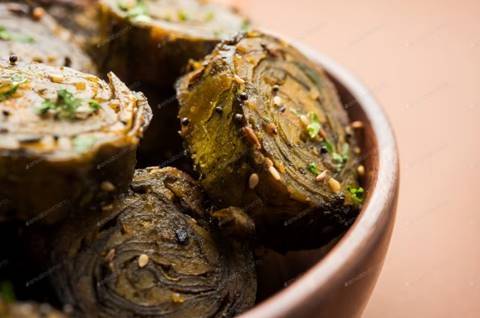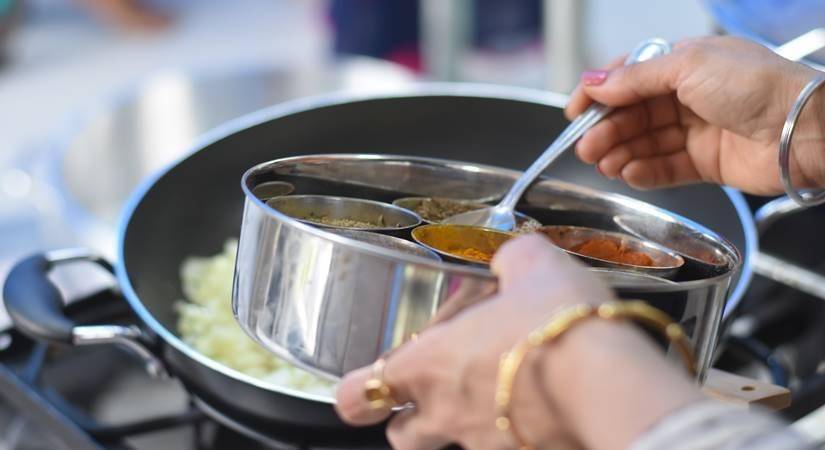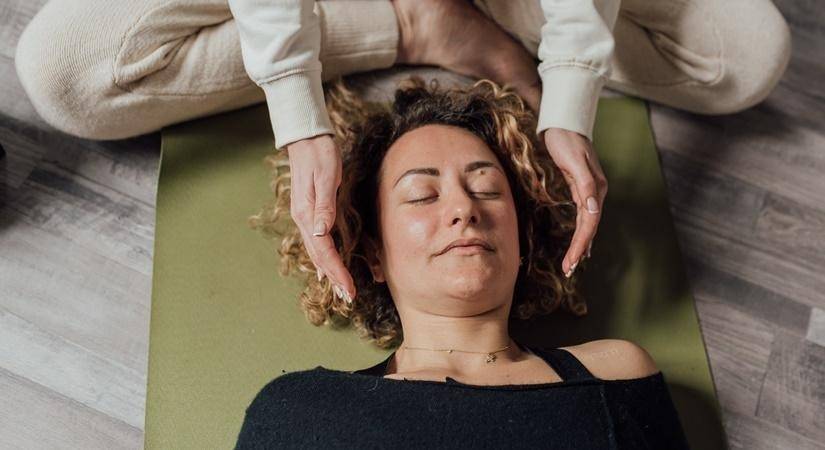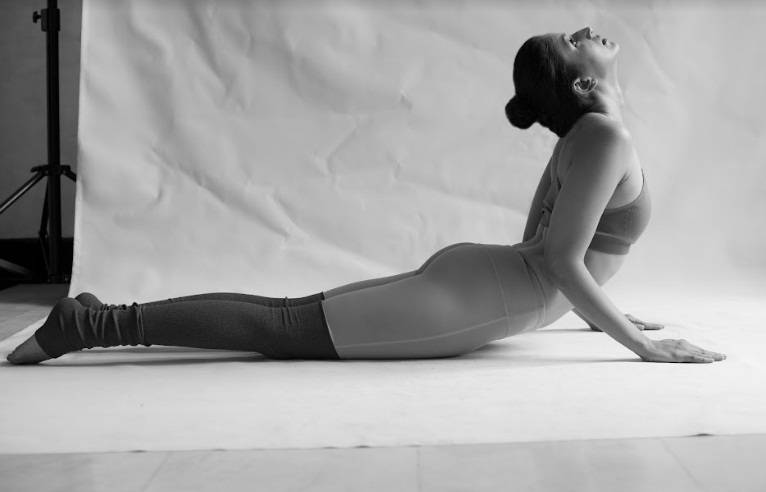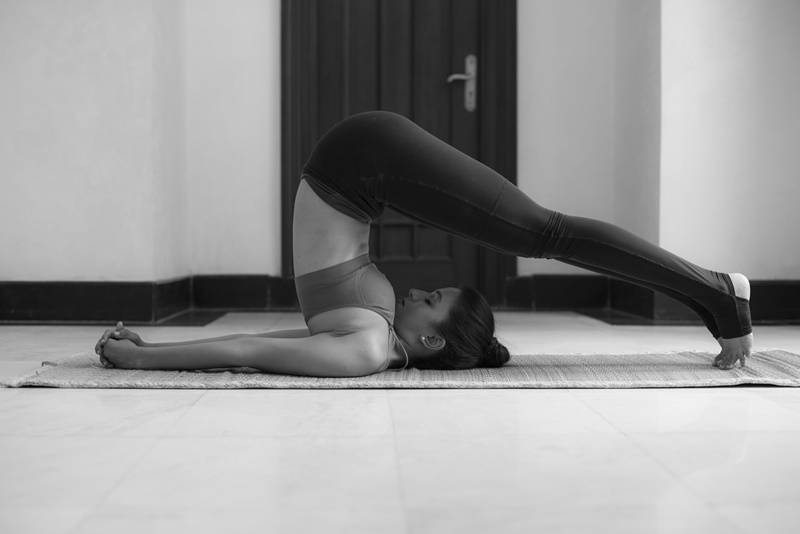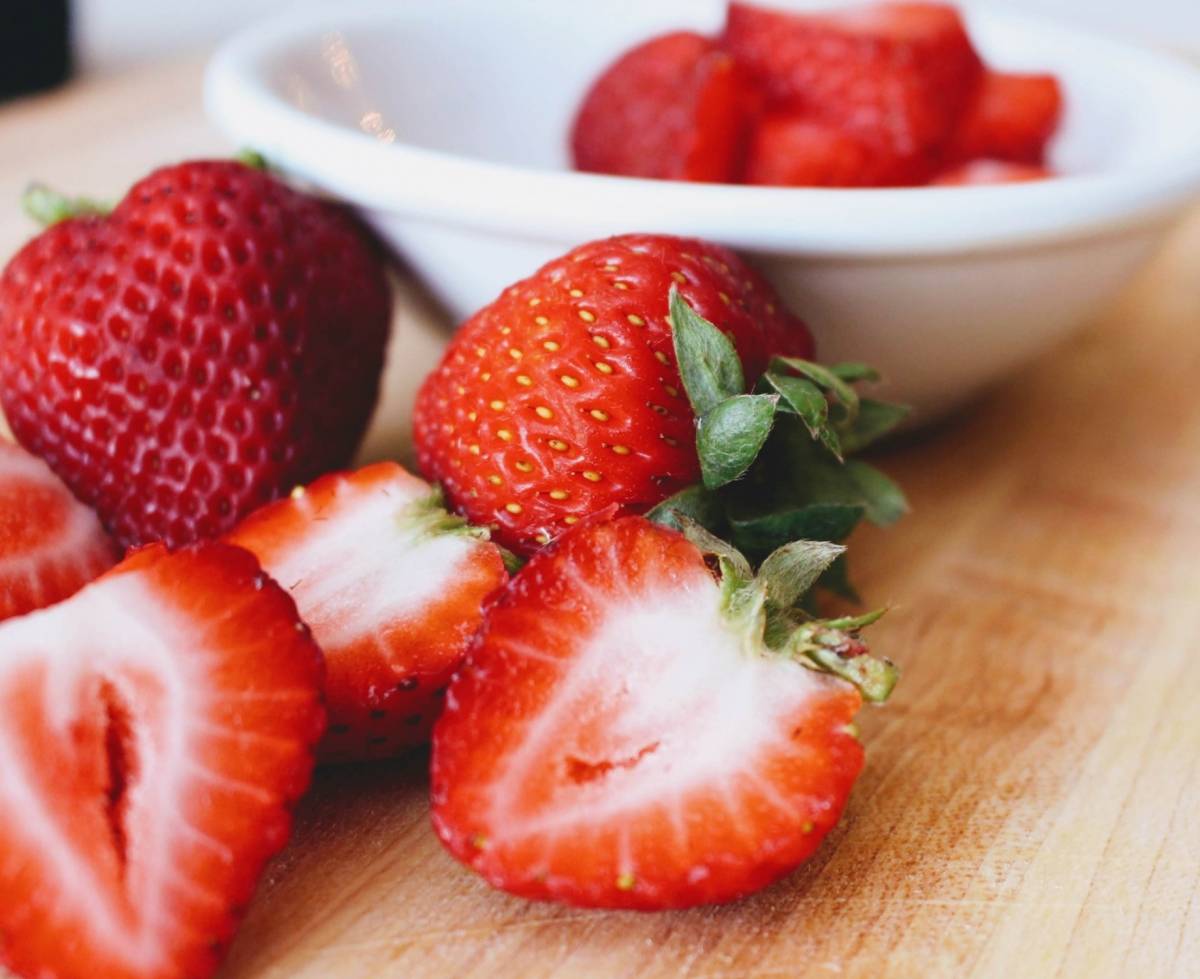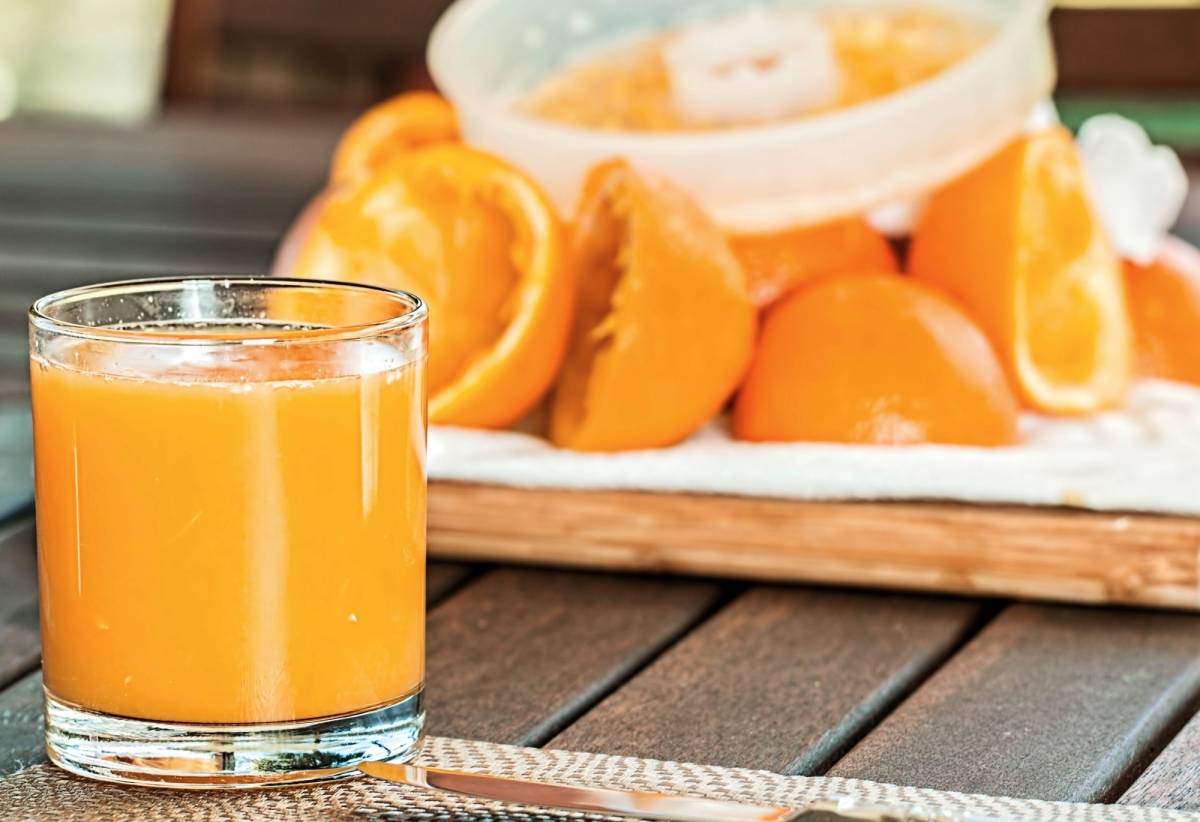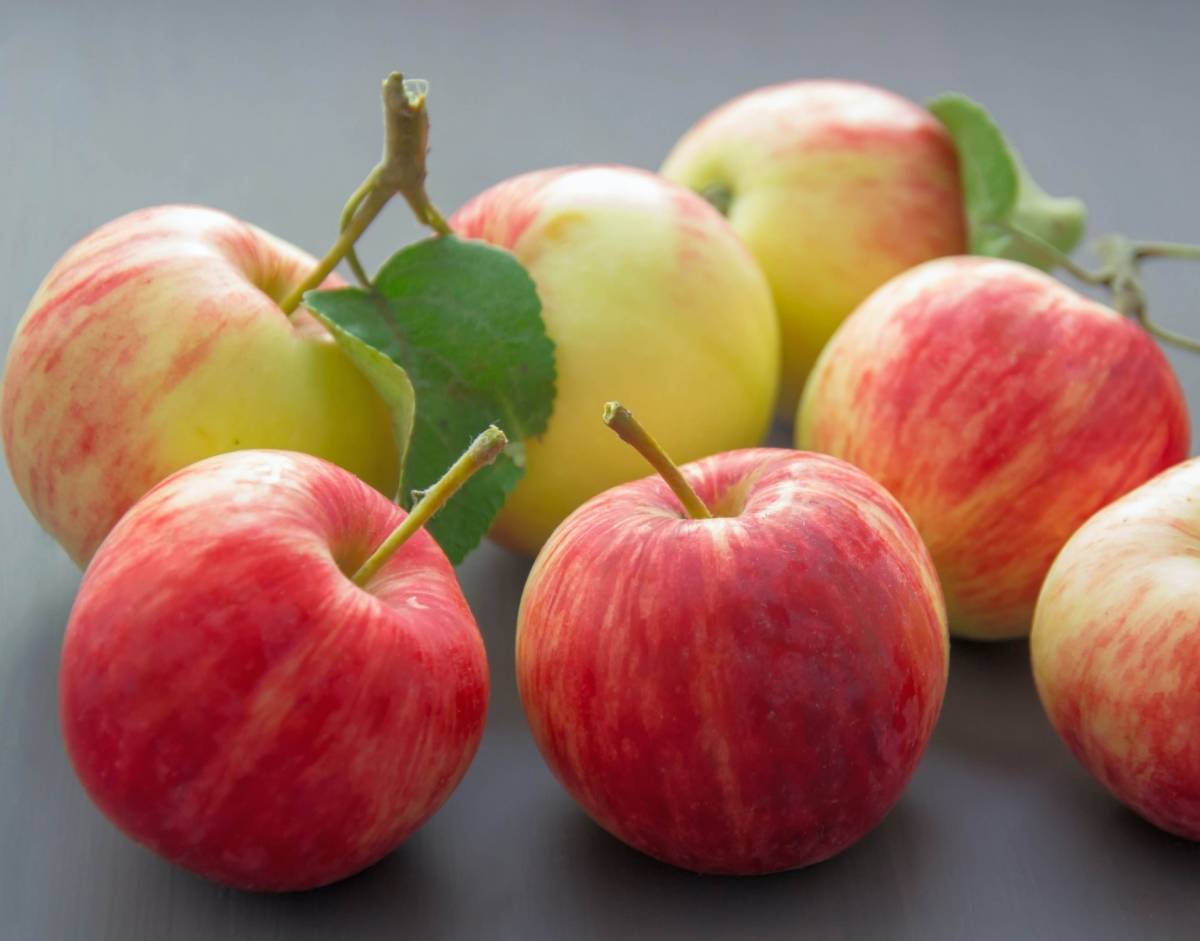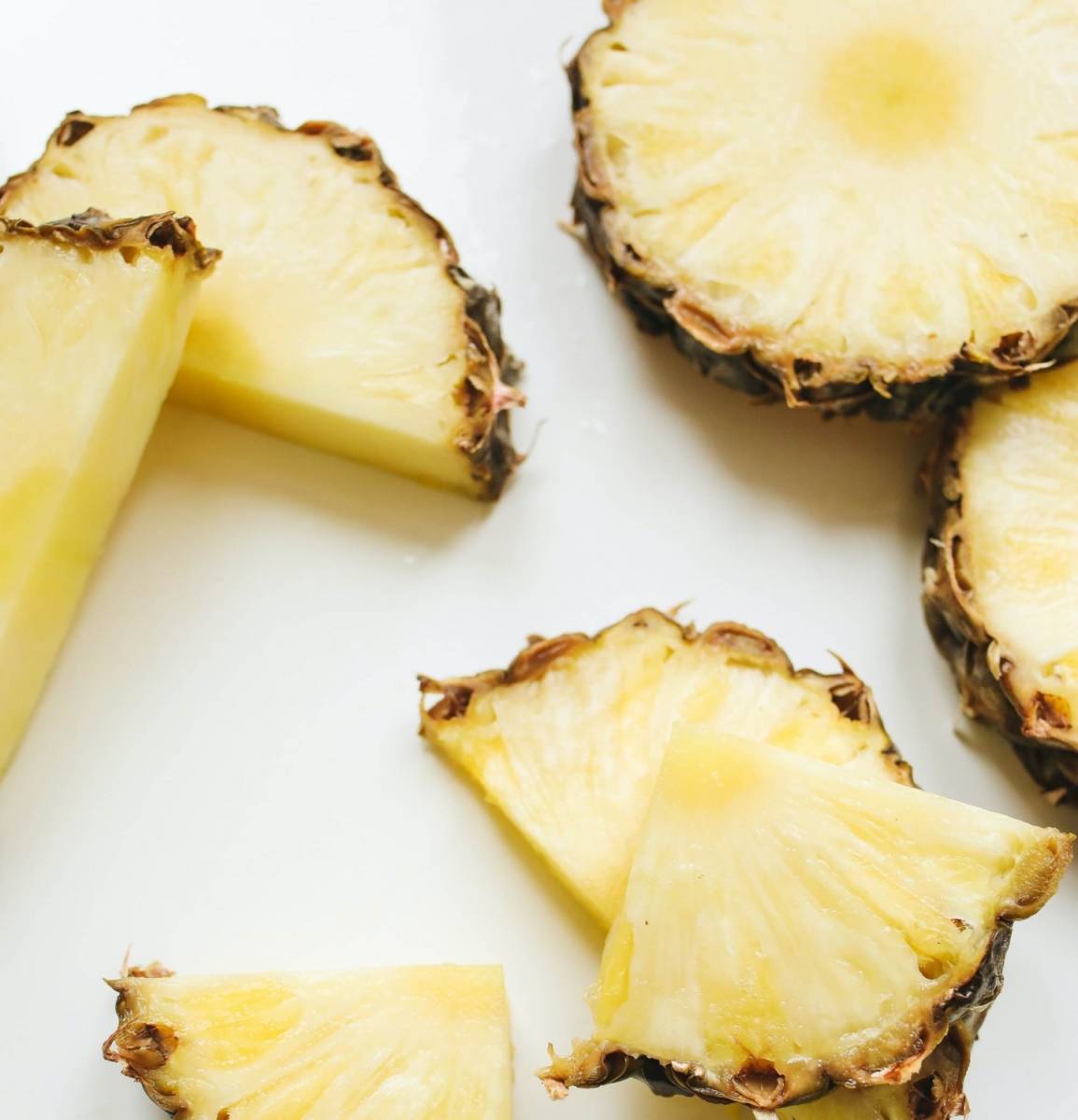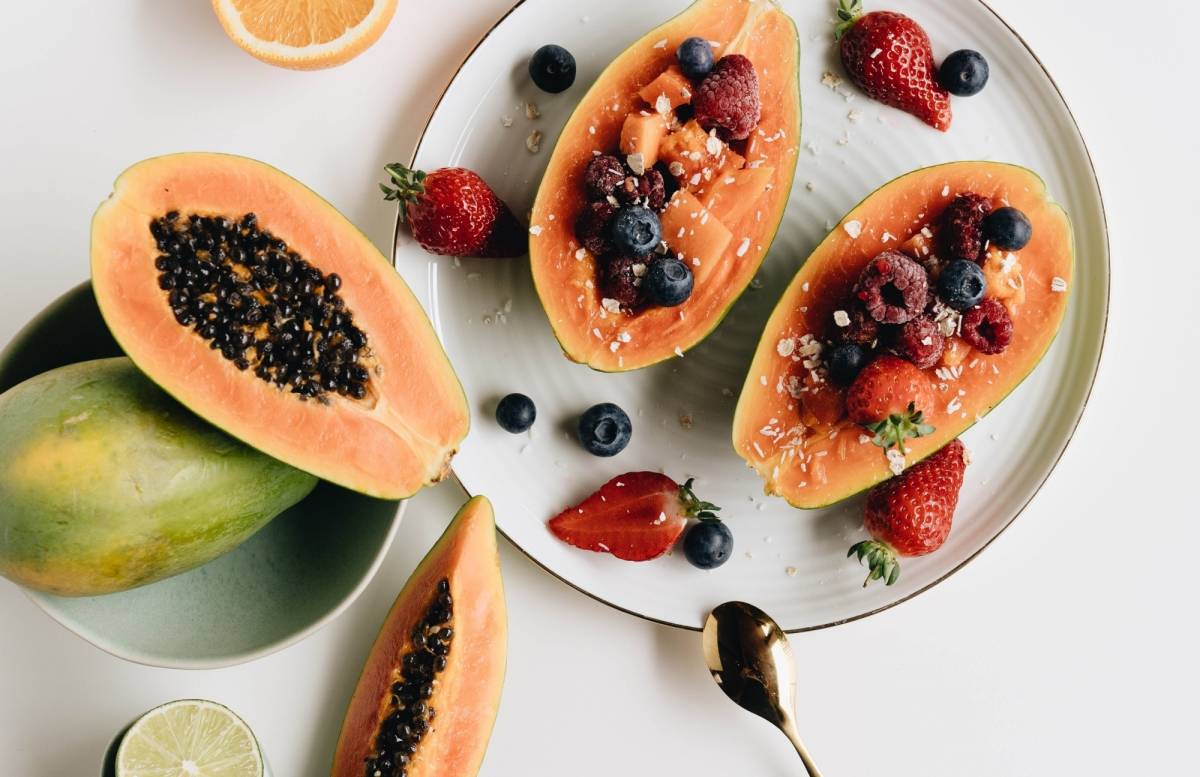Sleeping for 7.5+ hours every night is amazing for: Optimal fat loss, brain function, recovery from workouts etc…reports Asian Lite News
“The first thing we must recognise is that every system in our body is interconnected. So, our physical health affects our mental health, and our mental health affects our physical health, and both should work together. As a result, I wouldn’t call these rules because they are a way of life,” says Yash Vardhan Swami, Nutritionist, Health and Fitness expert.
Ensuring that nutrition is on point
That doesn’t mean that we keep on eating salads all the time, but it ensures we nourish our body with all the nutrients it needs from protein, carbohydrates, fats to all the vitamins and minerals. While ensuring that our total caloric intake is in line with our body composition goals. While also ensuring that we have our favourite and staple foods in our diet. We should also remember that 50-60 per cent of our body is made up of water and we need adequate water intake for optimal health, brain function etc.
Next comes exercising and activity
Exercising at least 3-5 times/week is great for our physical and mental health. Any form of exercise which is safe for us, and we enjoy, is a great start for most of us. Coupling that up with staying active on a daily basis and walking more steps (8-10k steps) makes a perfect combination.
Next comes sleep
Sleeping for 7.5+ hours every night is amazing for: Optimal fat loss, brain function, recovery from workouts etc. Sleeping enough also improves our productivity and reduces cravings, hunger, reduces inflammation and emotional reactivity.
Stress management and mindfulness
On the other spectrum, stress management is equally important, if stress is managed properly, it can actually help us perform better and achieve our goals. Remember, quality of our thoughts dictate quality of our life. So, we should be actively working on our mind, improving ourselves and reducing our ‘mental’ vices. Meditating regularly and having a gratitude journaling routine is a game changer for these.

Environment and routine management
Environment management includes everything in our environment. Starting from food in the kitchen to our habits and people we follow on social media. Are we giving enough time to our self-growth and to the people who matter to us? It also extends to the kind of people we surround ourselves with. Some questions to ask ourselves: Do they inspire us? Do they support us and our goals? Do they help us improve? Does our routine make us healthier, improve us a human or make us more productive? I would highly recommend having a morning and pre-sleep routine.





